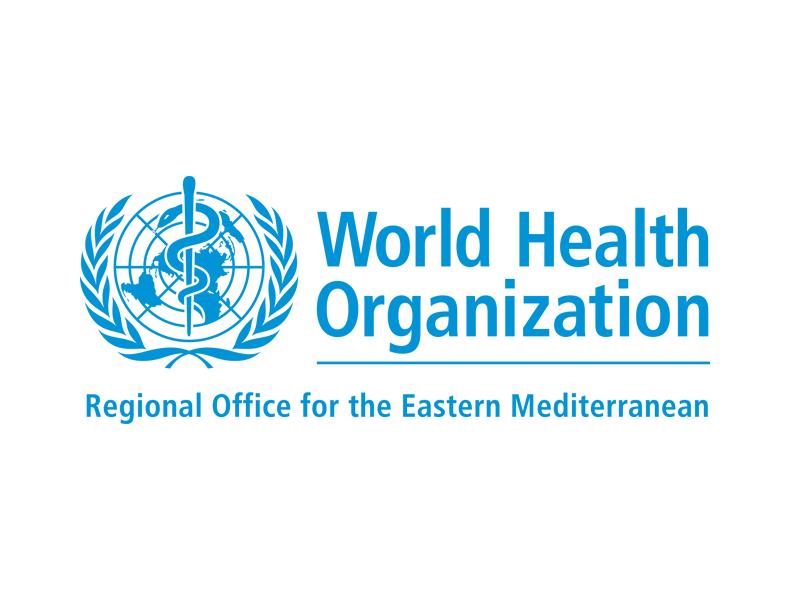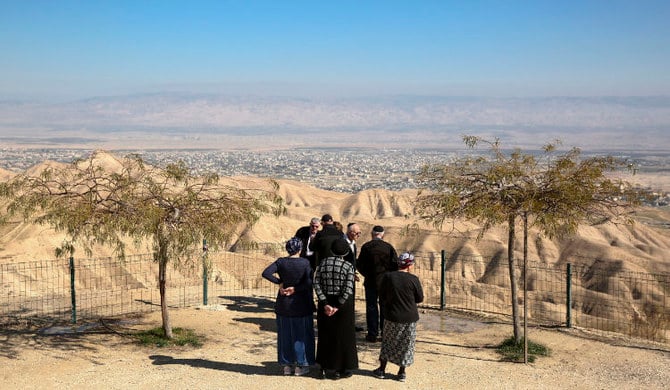
This year was always destined potentially to be a key year for Europe but it proved to be much more than that; 2022 turned out to be the most consequential 12 months for the continent since the end of the Cold War.
In the aftermath of Russia’s invasion of Ukraine in February, there have been at least three potentially very important dynamics in play for the EU.
Firstly, the 27 member states, the leaders of which will meet this week in Brussels for their final summit of the year, have shown unanticipated unity with regard to their dealings with Moscow in response to the war. The latest signal of this is the fact that the Brussels-based club might be about to approve its ninth package of sanctions against Russia this year.
To be sure, there are clear differences in viewpoints within the bloc, with Hungary often a key outlier on the issue of Russia. Nevertheless, the 27 member states have, by and large, stood together this year.
The second key dynamic is the impetus for realizing the long-held federalist goal of an “ever-closer union” across the continent. In defense, for example, the Russian invasion has prompted the EU to drop traditional taboos about military might.
European Commission President Ursula von der Leyen has emphasized that the conflict in Ukraine is “fundamentally challenging” the peace architecture in Europe. The EU, which began seven decades ago as a trade bloc binding together formerly warring nations, is now an economic heavyweight with strong potential in broader foreign affairs.
To be sure, the bloc still has a long way to go to become the strategically autonomous Goliath championed by some in Europe. But it might have crossed a proverbial Rubicon with some developments during 2022, including financing, for the first time, the purchase of lethal weapons for a third-party country: Ukraine.
It is not only Russia’s invasion that is driving this shift. Brexit has eliminated a long-standing obstacle to greater European cooperation in this sphere, given that successive UK governments opposed deeper defense integration at the EU level. In addition to this there was the uncertainty over transatlantic ties during the presidency of Donald Trump, which some Europeans fear might be repeated given that he has said he will run again for president in 2024.
The crisis in Ukraine has clearly catalyzed a far-reaching reshaping of the EU.
Andrew Hammond
It is not only the EU as a whole that is transforming its military thinking but also individual member states. Finland and Sweden, two traditionally non-aligned countries, have joined NATO and are delivering arms to help the Ukrainian army. Denmark has repealed a 30-year-old opt-out clause that previously kept it outside of the EU’s common defense policy.
Another example of these rapidly shifting sands can be found in energy policy, prompted by the fact that Russia’s war chest is refilled on a daily basis through oil and gas revenues. Most recently, the EU, in concert with the G7, this month implemented a price cap on Russian oil, initially set at $60.
Before the war in Ukraine, the EU depended on Russia for about 40 percent of its natural gas supply and 25 percent of oil imports. The 27 member states paid Moscow about €1 billion ($1.05 billion) a day for these supplies.
The bloc is now speeding up efforts to wean itself off Russian energy as part of a massive energy security shift, resulting in an enhanced bloc-wide policy framework. This includes measures such as finding alternative suppliers; improving energy efficiency through projects such as the renovation of older buildings and the use of artificial intelligence to manage energy grids more effectively; and massive investments in renewables such as solar, wind and hydrogen under the European Green Deal.
The third dynamic is stronger EU ties with non-member nations in Europe. Take the example of the UK, whose security and defense cooperation with Brussels is helping to develop a more positive aspect to post-Brexit bilateral relations.
Another good example is Turkiye which, while maintaining a significant economic relationship with Russia, has nonetheless called out Russian President Vladimir Putin on several occasions following the invasion of Ukraine.
One key illustration of this was the agreement for Black Sea grain and fertilizer shipments that Turkish President Recep Tayyip Erdogan brokered between Ukraine, Russia and the UN. This helped to deliver a key EU, and wider Western, objective of resuming grain shipments to help boost the regional economy and, hopefully, mitigate a looming global hunger crisis.
Underpinning this outreach by the EU to non-member nations is the new European Political Community. It is the brainchild of French President Emmanuel Macron, who asserts that the EU, “given its level of integration and ambition, cannot be the only way to structure the European continent.”
The goal of EPC is to allow countries that might join the EU in the future, such as Ukraine, and others that have left it, including the UK, to deliver “European core values” in areas such as energy, transport and investment in infrastructure.
Taking all of these together, the crisis in Ukraine has clearly catalyzed a far-reaching reshaping of the EU. Decisions taken in the past 12 months could prove to be momentous in helping to redefine the economic and political character of the bloc for many years, if not decades, to come.
Andrew Hammond is an associate at LSE IDEAS at the London School of Economics.












